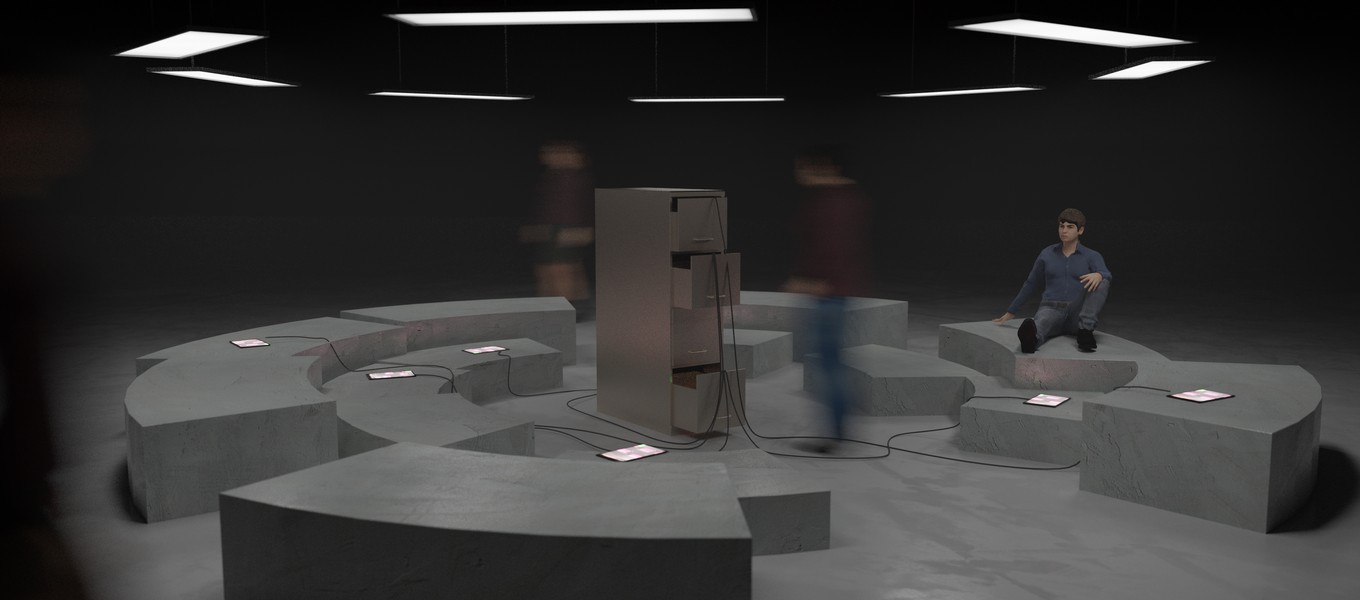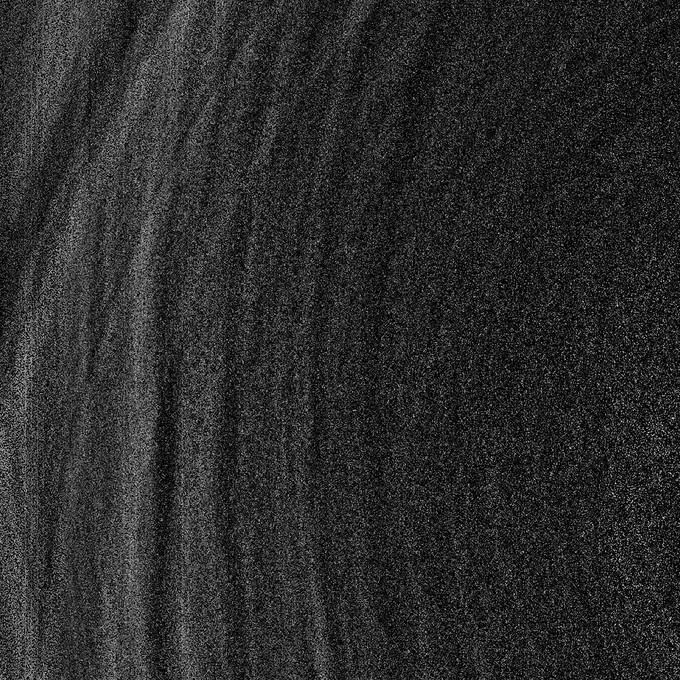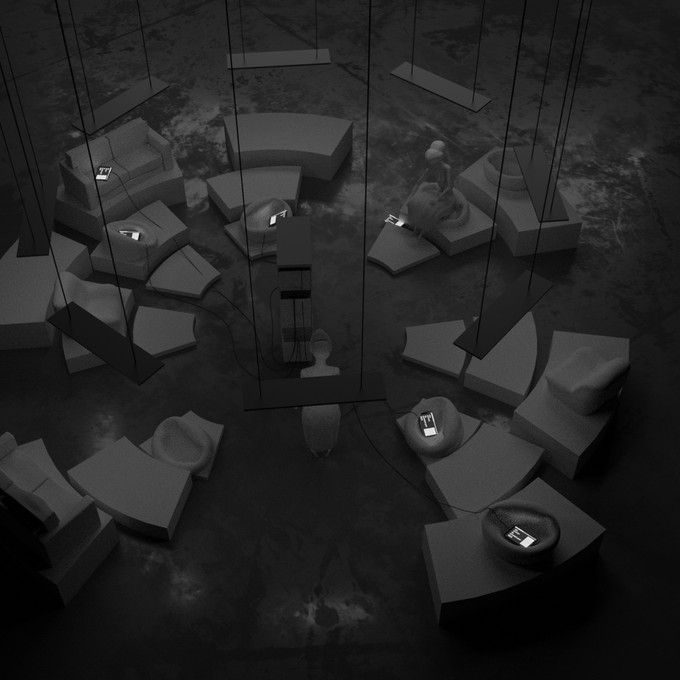Charles Gallay
Anthropophonie d'une ruine sonore - Installation - 2020
presented as part of the exhibition Panorama 22



Installation
Is it a dead world or a future world? Impromptu archaeologists, we try to recover its rules despite the strangeness of it all. The only clue to this world to be revealed: an aural landscape. Just as the archaeologist digs and explores the imperfect image printed in the earth of a world that no longer exists, so we have the responsibility of re-inhabiting this landscape, of writing its history. By generating a form, the computer produces a space to be occupied, and even exhausted.
The artificiality of the landscape appears. Does this artifice abolish its nature as a clue? What do we learn about the heritage of the digital in our practices?
By questioning what has happened, we raise the question of what will be built. Lost sounds may be hidden in this landscape, as much as sounds to be invented.
Installation, as an approach to documentary, opens up as a system for experimentation, between staging and the freedom of the actors. For this “wiki” to exist, we naturally put in place a methodology of collaborative writing. We therefore describe a hypothetical world: our own, were it not for its science-fictionality.
Charles Gallay
Born in 1992, the child of the easy image and of the amniotic digital, Charles Gallay soon began investing his curiosity in the production of images. Before turning his practice towards the visual arts, he trained in cinema between 2010 and 2012 and worked in studios in Lille. In 2013 he enrolled in art school, looking for a transdisciplinary and horizontal vision of the world. Naïve and enlightened about the destiny of images, questioning the political underside of the connections between art and technology, in 2017 he worked with research laboratories. He graduated from art school in 2018 then, at Le Fresnoy – Studio National des Arts Contemporains, researched the in-between and the strange. There he is acting on his need for heterogeneous perspectives and is developing an interest in the body and its musicality.
Production
Acknowledgments
Evelina Domnitch and Dmitri Gelfand, Bertrand Scalabre, then Le Fresnoy – Studio National des Arts Contemporains and all its technical, teaching and administrative personnel, notably Madeleine Van Doren and Daniel Dobbels, and finally Thibaut Rostagnat, Valentine Gelin, Thibaud Le Maguer, Ludivine Pelé, Lucie Dupont, Silvain Vanot, Jérome Nika and Daniele Ghisi.
